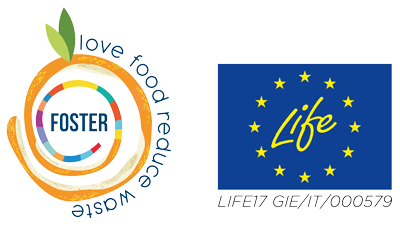UN Environment – Minimizing Food Waste
One-third of all food produced in the world – approximately 1.3 billion tonnes – is lost or wasted every year. Globally, if food waste could be represented as its own country, it would be the third largest greenhouse gas emitter, behind China and the U.S. The resources needed to produce the food that becomes lost or wasted has a carbon footprint of about 3.3 billion tons of CO2.
In the U.S. alone, an estimated 133 billion pounds of edible food (worth over $161 billion) goes to waste every year. Food waste also contributes to the largest volume of material in U.S. landfills accounting for 21 per cent of the waste stream. Food waste costs Canadians $31 billion annually or about two per cent of the country’s GDP.
Target 12.3 of the Sustainable Development Goals aims to halve food waste by 2030. The U.S. Department of Agriculture, the Environmental Protection Agency and the Food and Drug Administration are committed to meeting this goal.
UN Environment is a leader in Champions 12.3, a coalition of governments, businesses and civil society dedicated to reducing food waste and in partnership with leading organizations, recently launched the Food Loss and Waste Accounting and Reporting Standard. This represents the first set of reporting requirements for companies and governments to quantify and report on food loss and waste in order to develop targeted reduction strategies.
Read the original article here – https://www.unenvironment.org/regions/north-america/regional-initiatives/minimizing-food-waste


